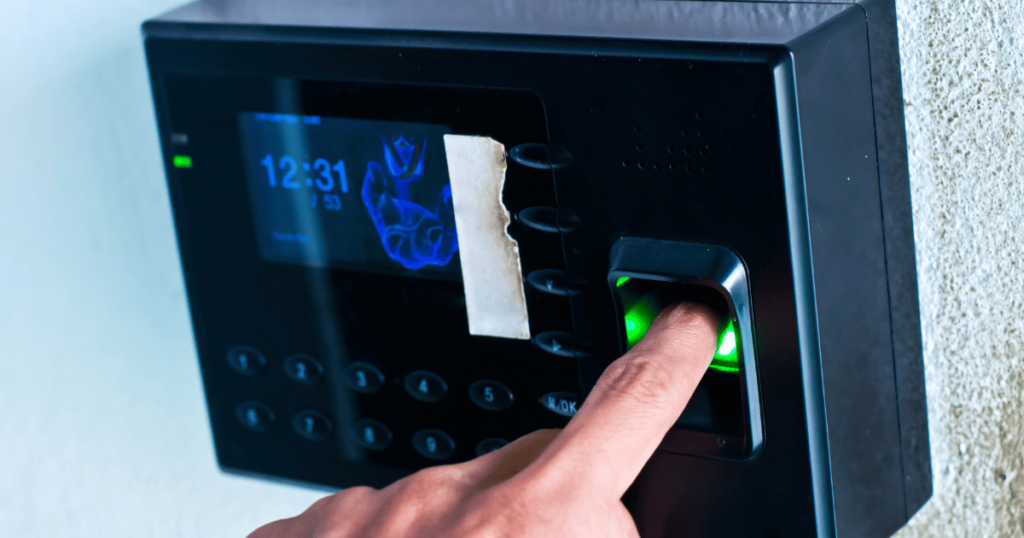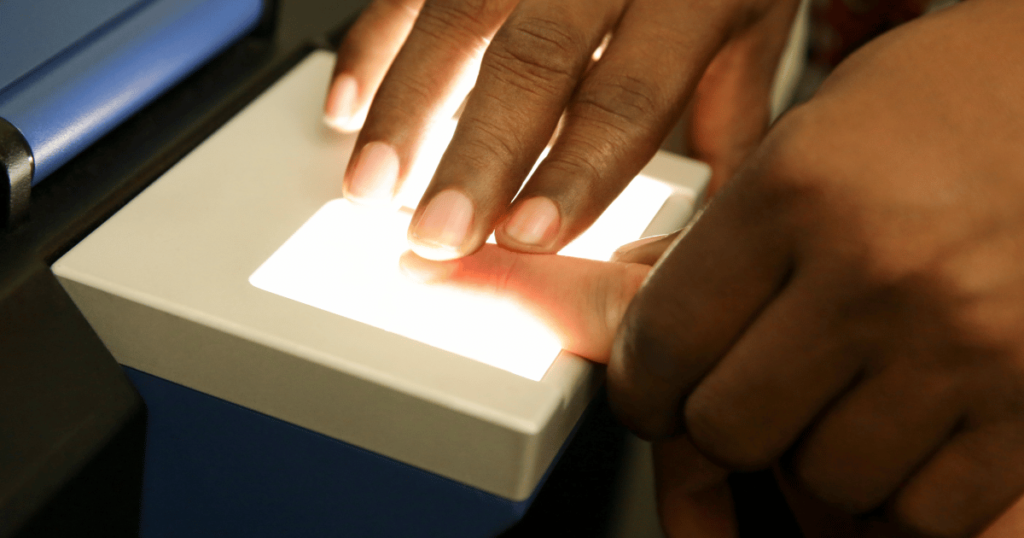The market offers diverse fingerprint solutions catering to different security needs, each with unique operating principles and applications. Understanding these differences helps organizations select the most appropriate technology for their specific requirements.
Optical Scanners
Optical scanners represent one of the most established fingerprint solutions in the market. These devices use LED lights to illuminate the finger’s surface while a charged coupled device (CCD) captures the reflected light pattern created by the ridges and valleys of your fingerprint.
The primary advantages of optical scanners include their affordability, durability, and minimal maintenance requirements. They typically feature larger scanning areas, allowing for higher-resolution images that capture more minutiae points for comparison. However, they aren’t without limitations—optical scanners can be vulnerable to spoofing with high-quality fingerprint replicas and their performance degrades when encountering dirt, moisture, or damaged skin. Their larger form factor also makes them less suitable for compact devices.
Capacitive Scanners
Capacitive scanners function on electrical principles rather than light. When a finger touches the sensor surface, these scanners measure the tiny electrical differences between the ridges (which make contact) and valleys (which don’t) of the fingerprint. This creates an electrical map that serves as the fingerprint template.
The technology shines in mobile applications due to its compact size and fast scanning speed. Capacitive scanners also offer enhanced security against fake fingerprints since they require actual physical characteristics beyond visual patterns. The downside is their sensitivity to electrostatic discharge and difficulty reading extremely dry or wet fingers. They also typically cost more than their optical counterparts.
Ultrasonic Scanners
Representing the cutting edge of fingerprinting solutions, ultrasonic scanners emit sound waves and measure how they bounce back from the finger’s surface. This creates a detailed three-dimensional map of the fingerprint, capturing depth information that other technologies miss.
Ultrasound-based fingerprint scanning has emerged as a game-changer in recent years, offering touchless authentication that is faster and more hygienic. This technology improves accuracy by reading deeper into the skin’s layers, reducing misreads significantly. Many modern smartphones now incorporate ultrasonic sensors beneath display glass, enabling “through-display” fingerprint reading. However, this advanced technology comes with higher costs, slower scanning speeds, and occasional compatibility issues with certain screen protectors.
Thermal Scanners
Thermal fingerprint scanners detect temperature differences between the ridges and air-filled valleys of fingerprints. As the finger touches the pyroelectric material in the scanner, it generates a thermal image representing the fingerprint pattern.
These scanners excel in liveness detection by measuring actual skin temperature, making them highly resistant to spoofing attempts using artificial fingerprints. They also perform well when surface contaminants are present. However, thermal scanners tend to be expensive, are sensitive to ambient temperature fluctuations, and remain relatively uncommon in consumer devices.
LiveScan
LiveScan represents a significant evolution from traditional ink fingerprinting methods. As a modern, electronic capture system, LiveScan digitally records fingerprints without messy inks or papers. The technology uses either optical, capacitive, or ultrasonic methods to create digital fingerprint images that can be immediately transmitted to identification databases.
What distinguishes LiveScan from other fingerprint solutions is its role in large-scale identity management systems. It offers substantially faster processing times—reducing identification waits from weeks to minutes—and significantly higher quality images that result in fewer rejection rates due to poor print quality. Law enforcement agencies, immigration services, and background check companies have widely adopted LiveScan technology despite its higher initial equipment costs and specialized operator training requirements.









